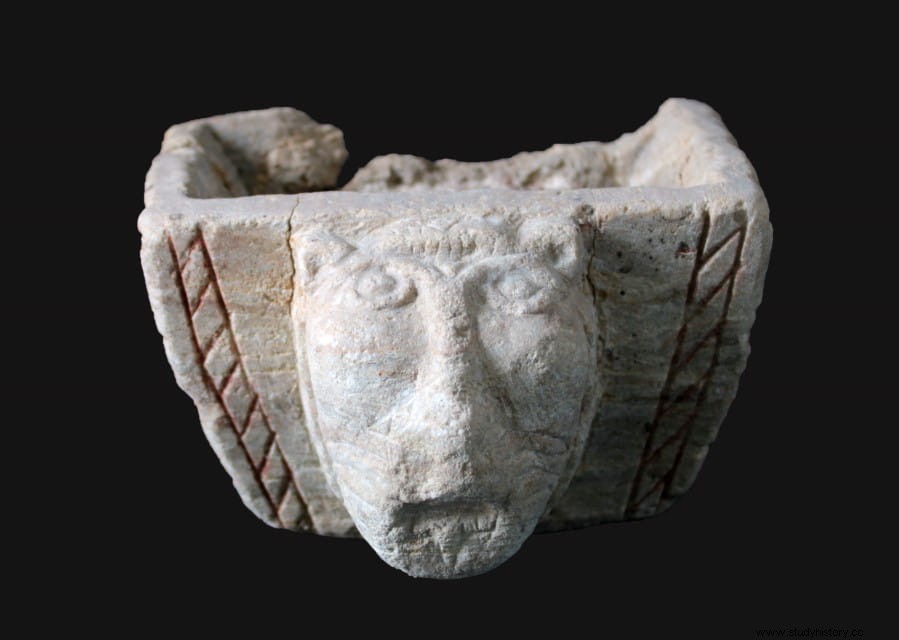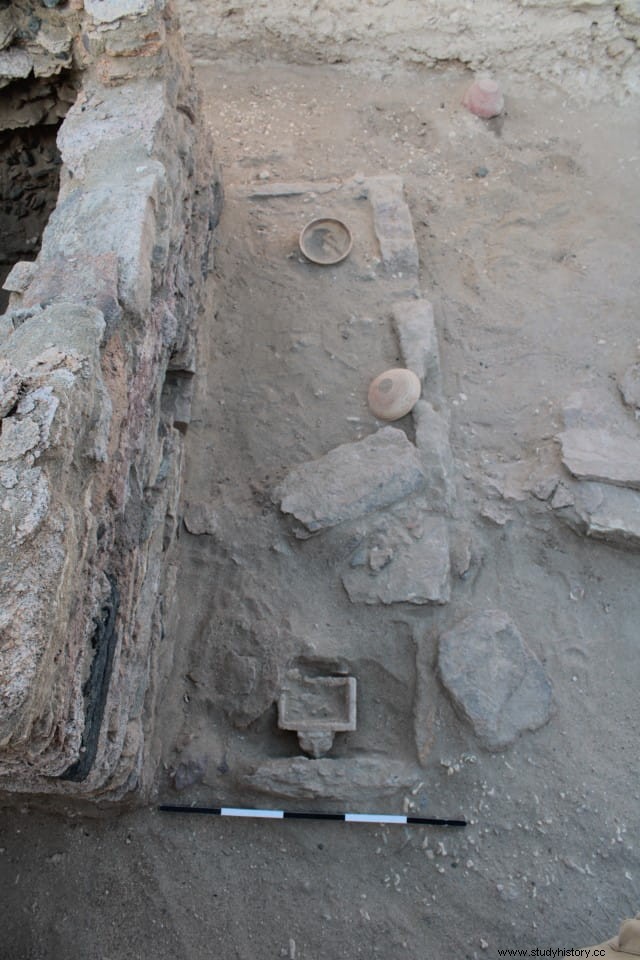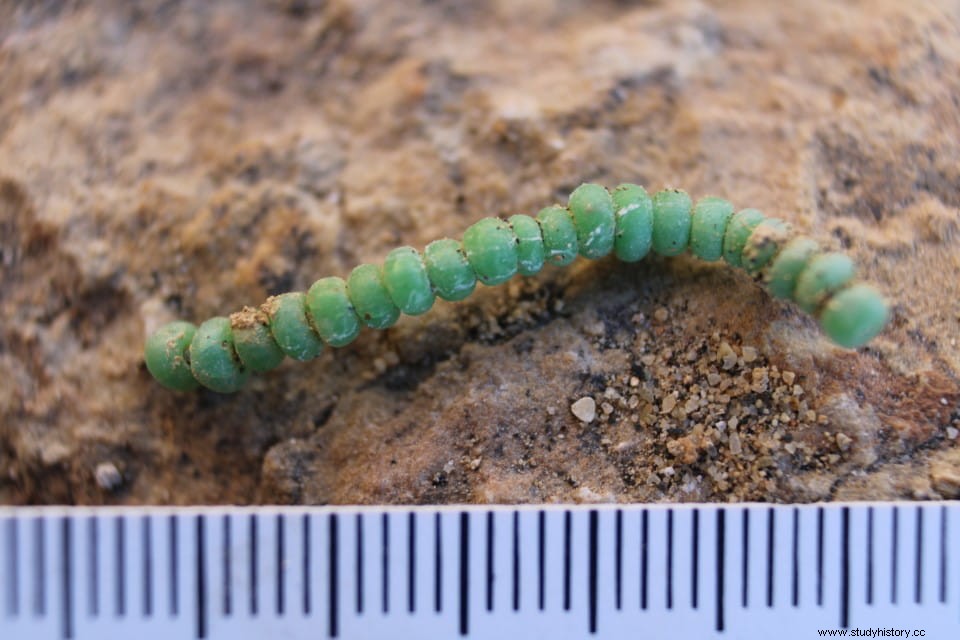Archaeologists working at the site of the ancient city of Berenice Troglodytica, in the eastern desert along Egypt's Red Sea coast, have announced the results of the latest season of excavations. Among them stands out a tomb with coral walls and floors and intact burials with a rich grave goods.
This port city, founded in the 3rd century B.C. by Ptolemy II, has been explored by a Polish-American expedition from the Polish Center for Mediterranean Archeology at the University of Warsaw and the University of Delaware since 2008.
This new discovery is the first explicit example of social differentiation in a little-recognized phase of the city's occupation, that is, in the 4th-5th centuries AD. The equipment and the form of the burials are unique in all of eastern Egypt , says the co-director of the expedition, Dr. Mariusz Gwiazda.

The goal of the current work of the Polish team in the necropolis is to study the community that lived in the eastern desert after the Roman period (4th-6th centuries of our era). The researchers are interested in the diversity of burial customs, and also plan to conduct paleoanthropological analyses.
In this period, Berenice was ruled by the Blemians, a nomadic people who inhabited the eastern desert from the current Egyptian-Sudanese border to Ethiopia. Although Berenice was no longer under Roman control at this time, the lucrative long-distance trade that contributed to the establishment and growth of the port still continued.

Its routes connected the Indian Ocean, East Africa and Byzantium. Previous research has focused on the origins of the city and on Roman times. This work is being continued by a team led by Professor Steven E. Sidebotham.
The tomb under investigation is one of several similar above-ground structures built on a hill near the main road of the city. It is a rectangular room almost 5 meters long. The floor of selected and smooth white corals stands out. Another type of coral mixed with mud was used to plaster the walls.
Communal burials and a rich associated grave goods were discovered inside the tomb. The latter included more than 700 beads, with some imported from South Asia, several silver rings and earrings, and ivory bracelets. Remains associated with funerary rites were also found, such as wine amphorae and ceramic water bottles.

Other elements of these rituals were offerings in censers and bowls. The most impressive of these incense burners, made of stone, had a decoration in the shape of a lion's head. Burials took place in stone sarcophagi built alongside the tomb walls. The bodies were placed in a tightly contracted position and presumably tied together to save space.
The use of coral plaster as a building material is unique in the architecture of this period and was first recorded in Berenice , – notes the archaeologist. He also points out that the selection of suitable coral fragments must have taken a long time, which must have been reflected in the high cost of construction of the tomb. – This, in turn, indicates that the structure was intended for people of high social status, most likely members of the local elite adds Dr. Gwiazda.
The discovery opens a new chapter in the study of the burial customs of the inhabitants of the Eastern Desert and the diversity of the population of the region in late antiquity.
